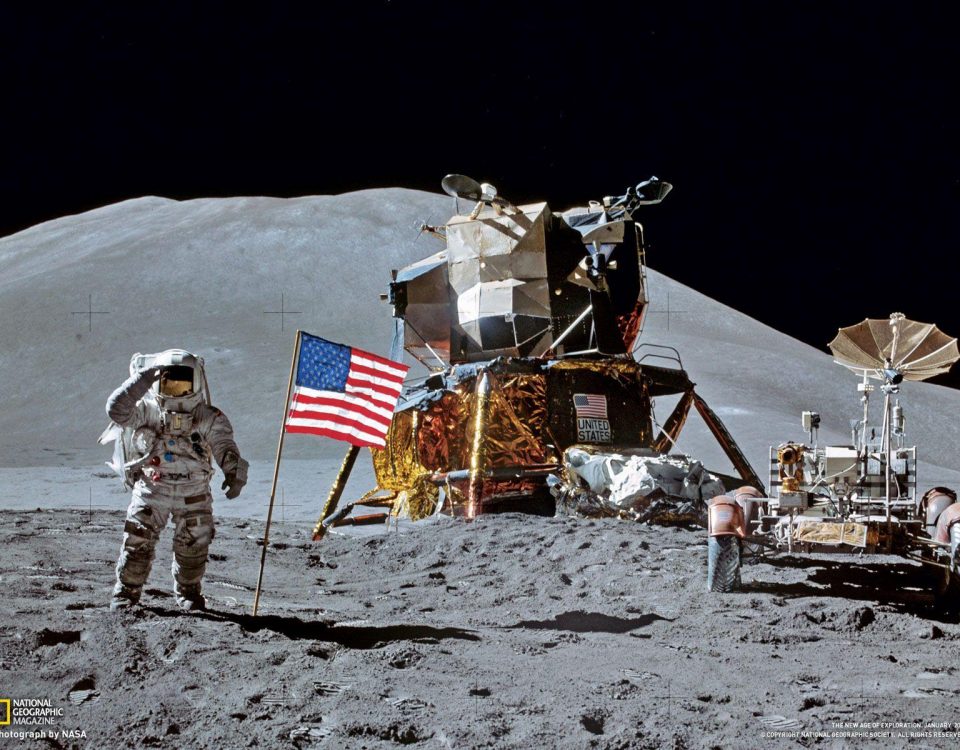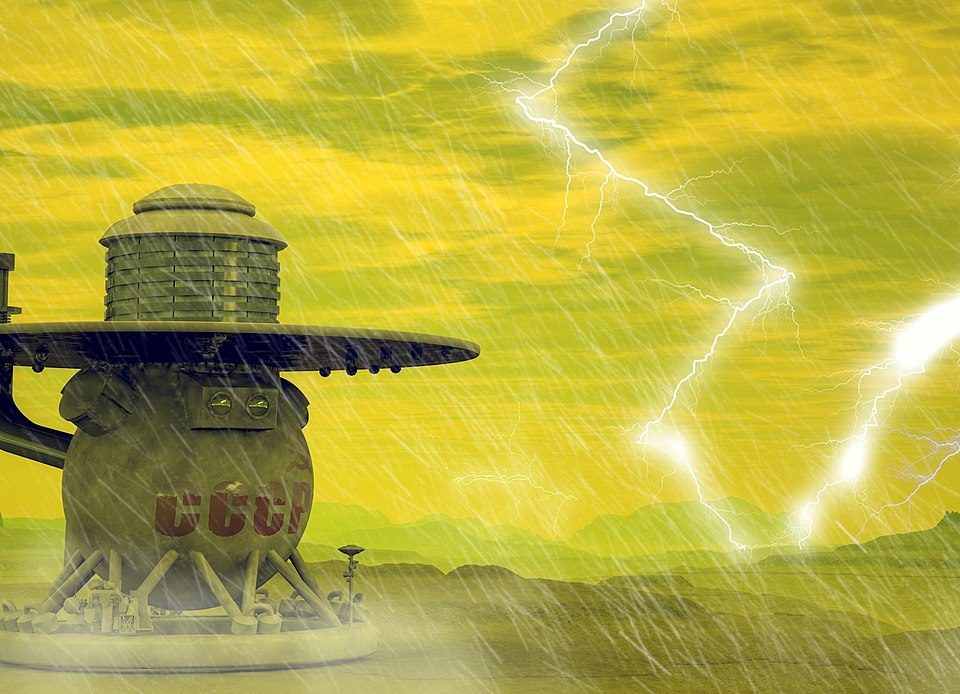
Pioneers of the Sky: 25 Epic Aviation Milestones!
February 8, 2024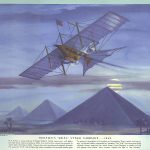
15 Early *Failed* Attempts at Flight – Before the Wright Brothers…
February 20, 2024Last time, on Part 1, we talked about X-Rays, dinosaur bones, dynamite, laughing gas, and Coca-Cola, but that was just the tip of the iceberg when it comes to accidental discoveries and inventions!
11. Radium, Polonium, and Radiation – 1898
It goes without saying that Marie Curie is, without a doubt, one of the most important figures of the 20th century! Known as “the mother of modern physics”, she was polish chemist who became the first female Professor at the University of Paris, and was not only the first woman to become a Nobel Laureate, she earned the Nobel Prize *twice*! In addition to her incredible discoveries (which we’ll get into in a second), she also became a bona fide war hero during World War I, serving as a medic on the frontlines in France, using her expertise with X-Rays and radiology to help wounded soldiers in battle!
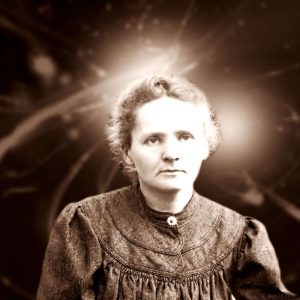
Mic Drop
Marie was born in Russian-occupied-Poland in 1867, eventually moving to France in 1891 where she met Pierre Curie, her future husband, and fellow genius scientists who had already made a number of advances in magnetism and crystallography. Marie and Pierre became a power couple in their fields and took the world by storm with a series of incredible breakthroughs that have since shaped our modern world in more ways than I can even begin to describe, because I’m not a scientist and the math is well beyond me.

Shortly after the accidental discovery of X-Rays in 1895 (click here for more!), well before Niels Bohr and Ernest Rutherford’s model of the atomic structure in 1913, and very soon after the discovery of electrons in 1897, Marie and her husband became fascinated with another exciting scientific curiosity: Uranium!
Using her husband’s custom-made electrometer, she realized that the rays emitting from this mysterious new element were charging the electrons in the air around it. She theorized that this wasn’t the result of some kind of molecular reaction, but rather that the energy was being emitted by the atoms themselves. This was a controversial notion at the time, because scientists assumed that atoms were indivisible, but her experiments seemed to disprove the conventional thinking of the brightest minds of her era. She trusted her intuition and wasn’t about to let others deter her. Pierre was so fascinated by his wife’s work that he dropped whatever the hell he was doing with crystals and decided to support her in her own mad-science experiments with these trippy glow-in-the-dark rocks.
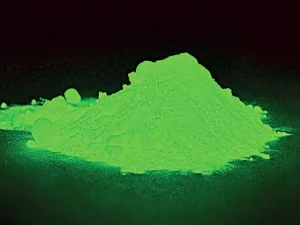
This stuff ^
From a barely ventilated shed that they turned into a makeshift laboratory, the Curies made a number of astonishing discoveries throughout the year, 1898: in studying Uranium, they coined the terms “radiation” and “radioactivity”, they then discovered that Thorium was also radioactive! Clearly that wasn’t enough though, because that same year, she also discovered two more brand new radioactive elements: Polonium (which she named after her homeland, Poland), and Radium (which she named because… it sounded cool?)
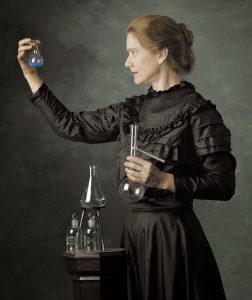
Both Pierre and Marie earned the Nobel Prize in 1903 (for more on the creator of the Nobel Prize, see Part One), but only after the insistence of her husband for her integral part in the discovery, because people were kinda dumb back then about gender. Tragically, Pierre was run over by a horse in 1906, leaving Marie behind as a single working mother with two daughters. Undeterred, Marie Curie continued to study and innovate in the field that her and her late husband had pioneered together. When she earned her second Nobel Prize in 1911, she was urged to not show up in person to accept the award due to a scandalous rumor that she had an inappropriate relationship with one of her *adult* university students, but ignored the naysayers and marched onto stage, regardless. That’s just how she rolled.
Unfortunately, after decades of working with radioactive materials her whole life, without proper precautions (because nobody at the time knew about the lethal effects of radioactive elements on living organisms), Marie Curie eventually succumbed to radiation poisoning in the later years of her life, leading to another accidental discovery: that radiation is super dangerous! She passed away from a rare form of aplastic anemia in 1934, caused by high doses of radiation, as a result of her life’s work.

In fact, it’s estimated that ALL of her belongings will remain irradiated for the next 1,500 years (seriously, you have to sign a waiver and wear a HazMat suit just to study her notes!), and her body was so radioactive that her coffin had to be lined with an inch of lead!
12. Shatterproof Glass – 1903
Édouard Bénédictus, a French chemist, made a profound discovery in 1903, when he accidentally knocked over a flask in his lab. Instead of shattering as expected, the glass test tube broke as one solid piece! Intrigued, he investigated further, and soon realized that the dried remnants of an alcoholic solution on the glass was the culprit!

A light bulb immediately went off in the clumsy scientist’s brain, and he began working on creating an *unbreakable* glass! He patented “Triplex” glass in 1909, which eventually lead to the development of tempered glass, laminated glass, and even bulletproof glass!
13. Penicillin / Antibiotics – 1928
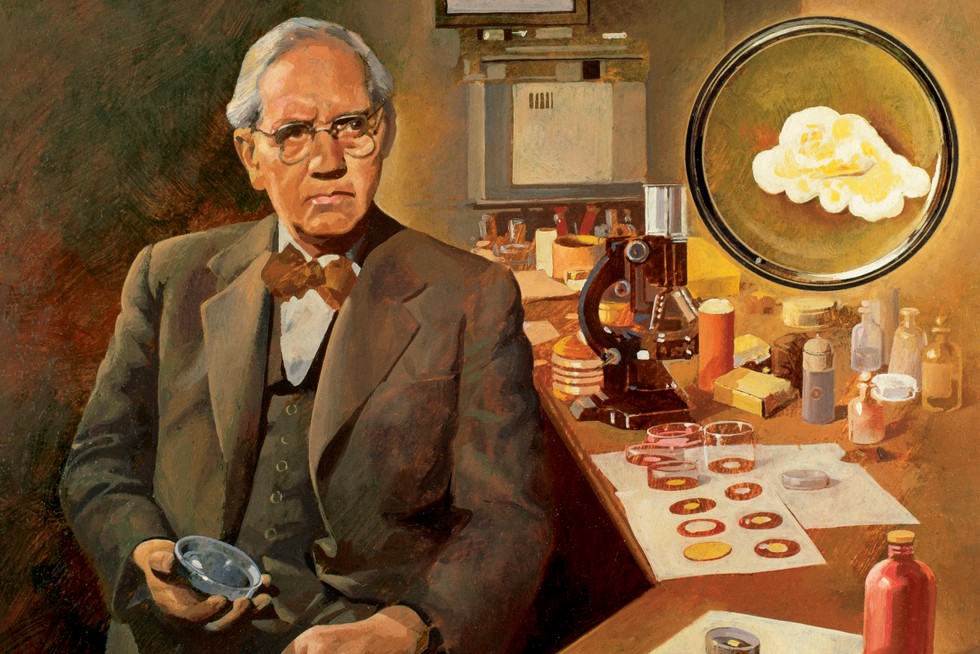
Sir Alexander Fleming was a Scottish microbiologist who made one of the greatest scientific and medical discoveries of the 20th century – all because he was a slob. Fleming’s lab was so messy and cluttered that mold began to spread across his petri dishes! When he noticed that the mold was killing the bacteria that he’d been studying in 1928, he made a startling realization that lead to the invention of Penicillin!

In his own words: “One sometimes finds what one is not looking for. When I woke up just after dawn on September 28, 1928, I certainly didn’t plan to revolutionize all medicine by discovering the world’s first antibiotic, or bacteria killer. But I suppose that was exactly what I did.”
Labeled as a ‘miracle cure’, the discovery of antibiotics changed the world, hailed as the “single greatest victory ever achieved over disease”! Alexander Fleming was knighted in 1944, earned the Nobel Prize for medicine in 1945, and was recognized by Time Magazine as one of the 100 Most Important People of the 20th Century, in 1999! All well deserved awards, but his messy workspace deserves some recognition too.
14. Polyethylene (Modern Synthetic Plastics and Industrial Polymers) – 1933
Modern plastic is an incredibly useful polymer. Somewhat similar to the vulcanized rubber that Charles Goodyear first discovered in 1839 (see previous article), but far more malleable and versatile. Although the first man-made plastic was technically created by Alexander Parkes in 1862 (‘Parkesine’ – made from organic cellulose, which also gave us celluloid film, thanks to John Wesley Hyatt), the first *synthetic* plastic (Bakelite) was first discovered in 1907 by Belgian chemist, Leo Baekeland. However, modern “plastic” as we know it today was discovered by accident in 1933…
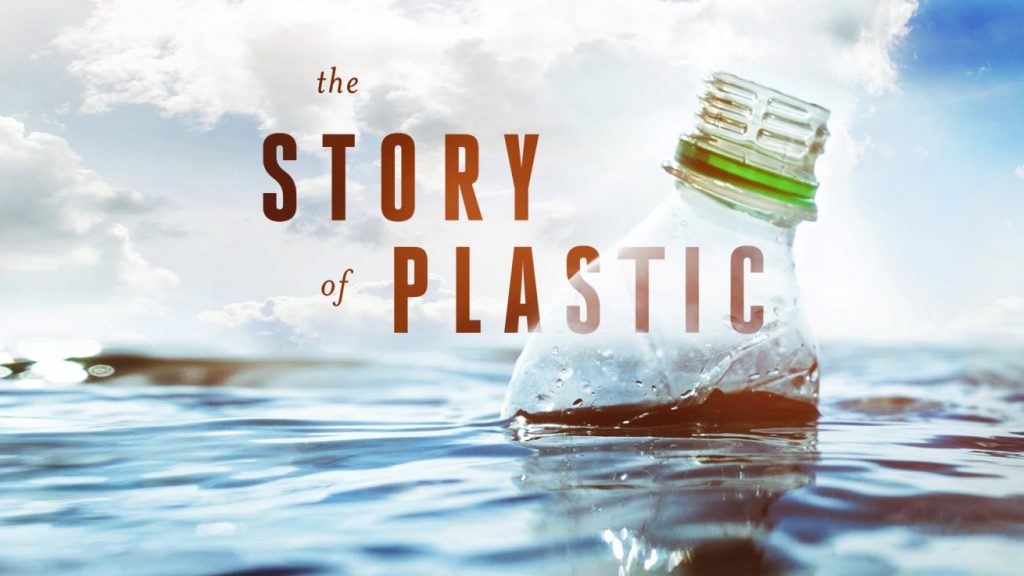
Throughout the 20th century, major companies around the world were attempting to figure out a use for all the raw waste being produced from natural gas by the booming petroleum industry. Two British scientists stumbled onto a stunning breakthrough while working for Imperial Chemical Industries (previously known as “Nobel Explosives” founded by Sir Alfred Nobel, of the Nobel Peace Prize). Eric Fawcett and Reginald Gibson were attempting to combine ethylene and benzaldehyde under intense heat and pressure. While the experiment failed, it actually produced something far more valuable, a brand new polymer of ethylene that was heat-resistant, flexible, and strong: Polyethylene!

Somewhat ironically, that same year Ralph Wiley, a part-time dishwasher at a Dow Chemical plant, discovered Polyvinylidene chloride when he noticed he couldn’t scrub the lab’s test tubes clean! Ralph soon joined the research team and the team of scientists began to work on developing new polymers and plastics. This discovery also lead directly to the invention of PVC, Teflon, Polyester, Styrofoam, Saran Wrap, Vinyl, and even Nylon!

Unfortunately, thanks to capitalism, plastic has since become a bit of a problem in recent years. In the 1950’s plastic began to be used for disposable items like: soda bottles, water bottles, wrappers, grocery bags, and this list could really be the size of this entire article.
While there is certainly a convenience factor here, the cons are quickly starting to outweigh the pros. Scientists are now becoming concerned about the health effects of micro-plastics on the human body, as landfills around the world are starting to overflow, and especially as most of the plastic we use are somehow ending up in the ocean and polluting the Earth’s ecosystem! (Read more about the Great Pacific Garbage Patch here!)

Thankfully, people today are becoming more aware of our carbon footprint (instead of ignoring it like past generations), but each and every one of us can do our part to work towards a better world for future generations.
15. Smoke Detectors – Late 1930’s to 1970’s
Although the first (heat sensing) fire alarm was first designed in 1890, it wasn’t until the late 1930’s that the “Smoke Detector” was created (you guessed it) by accident! Swiss physicist, Walter Jaeger, was attempting to create a poison gas detector. He was becoming increasingly frustrated by constant failure in his endeavours. As he pondered what went wrong, he lit a cigarette to calm his nerves – which set off the (failed) poison gas detector!

By 1951, the earliest version of smoke detectors were created for the industrial sector, and in 1965, Duane D. Pearsall and Stanley Peterson created the “SmokeGuard 700” – which became a common household product by the 1970’s. Then, in 1993 legislation passed, making smoke detectors mandatory for all bedrooms in the US, followed by the introduction of lithium-battery-powered smoke detectors in 1995.
16. The Microwave Oven – First Patented in 1945 (WWII)
“Micro-waves” are basically high-frequency radio waves, they’re lower on the light spectrum than infrared, and on the opposite end from the far more dangerous ionizing X-Rays and radioactive Gamma Rays. Microwaves were first used in radar technology in the 1940’s, but it wasn’t until 1945 that someone realized you could heat up your leftovers with them!

During WWII, a radar technician for the Raytheon corporation, Percy Spencer, was working on a magnetron vacuum tube, and noticed that the chocolate candy bar in his pocket had melted! Spencer decided to experiment further and noticed that concentrated microwaves emitted from the magnetron could pop popcorn kernels in record time! He then came up with the rough idea for a metallic box which would shield the microwave radiation from escaping, and immediately patented it, producing the first working prototype the following year, in 1946.

Although the early microwave ovens were massive industrial-sized behemoths that weighed 750 pounds, cost $5,000, took 3,000 watts of power, and took 20-minutes just to warm up, the modern residential “microwaves” first hit store shelves in 1967! Throughout the 70’s, 80’s and 90’s, the incredibly convenient microwave oven continued to catch on, becoming sleeker, safer, more efficient, and affordable. By 1997, 90% of Americans owned one, and a good chunk of those were used to heat up pizza rolls and hot pockets – all thanks to Percy Spencer’s melted candy bar!

17. The Artificial Pacemaker – 1956
The original version of the pacemaker was created in the late 1940’s by Canadian scientist, Dr. John “Jack” Hopps. Hopps however didn’t set out to create a device that would revolutionize medical science, his passion was beer. He was studying the pasteurization of alcohol using micro-waves (see above), when he was invited to help with an experiment involving the effects of hypothermia on the hearts of a whole lot of poor lab animals. Being the modern Dr. Frankenstein that he was, Hopps casually came up with a device that could artificially restart the heart using electricity: a bipolar catheter electrode, single-handedly creating the basis for both the pacemaker and the defibrillator!

Although the early versions of the pacemaker were large and cumbersome external machines, that all changed in 1956, thanks to a former Navy radioman and electrical engineer, Wilson Greatbatch. Wilson was working as a medical researcher, when he accidentally made a ground-breaking discovery. While tinkering with an oscillator, he installed the wrong resistor, and after assembling the device it was giving off a rhythmic pulse! He instantly realized that this could be utilized to create a small, implantable cardiac pacemaker – saving the lives of millions and forever changing the future of medicine!
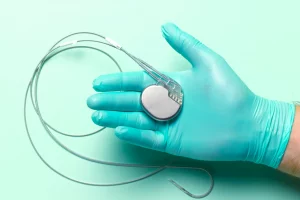
Greatbatch didn’t stop there though, he then turned his energies to perfecting lithium battery technology, AIDs research, and environmental concerns. When he passed away in 2011, he was credited with over 150 patents!
18. Velcro – 1955
Georges de Mestral, a Swiss engineer, made a surprising discovery in 1941, when he took his dog for a walk in the woods. When they got back home, he noticed a whole bunch of sticky burrs stuck to the pup’s fur and his pants. As a scientist, curiosity got the better of him and he decided to examine these prickly pests under a microscope…

Even though these spikey balls appear to have fine points – to the human eye, it turns out that – at a microscopic level, these nefarious seedlings had a bunch of little tiny hooks that they used to cling to animal fur, jeans, and even your socks, just to annoy you. Mestral realized that this effect could be recreated and immediately made it his life’s work to figure out how to synthetically create an adhesive material based on the concept of hooks and loops found in nature!
His first attempt using cotton was an utter failure, but his determination eventually lead him to using heat-treated nylon fabric (thanks to another accidental invention – see above). After lots of trial and error, the stubborn inventor had finally refined his creation, revealing “Velcro” to the world in 1955, as an alternative to the zipper!
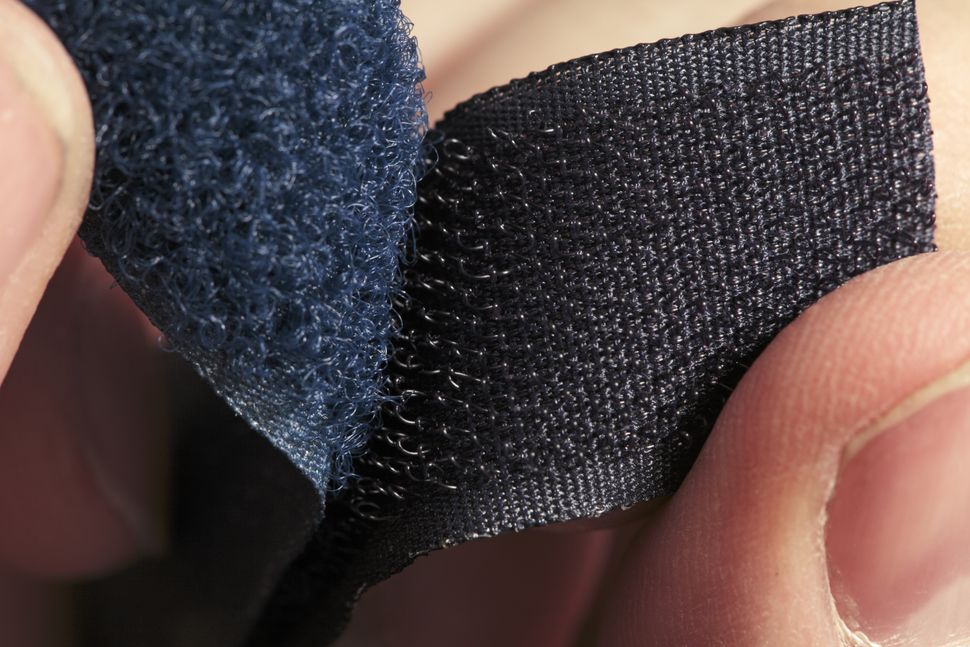
19. The Big Bang Theory?! – 1964
The “Big Bang Theory” (not the show) was first proposed by part-time astronomer / Roman Catholic Priest, Georges Lemaître, in 1927, and reinforced by Edwin Hubble’s observations of a seemingly ever-expanding universe, but it was more of a hypothesis than a theory, that is until a startling discovery occurred in 1964…
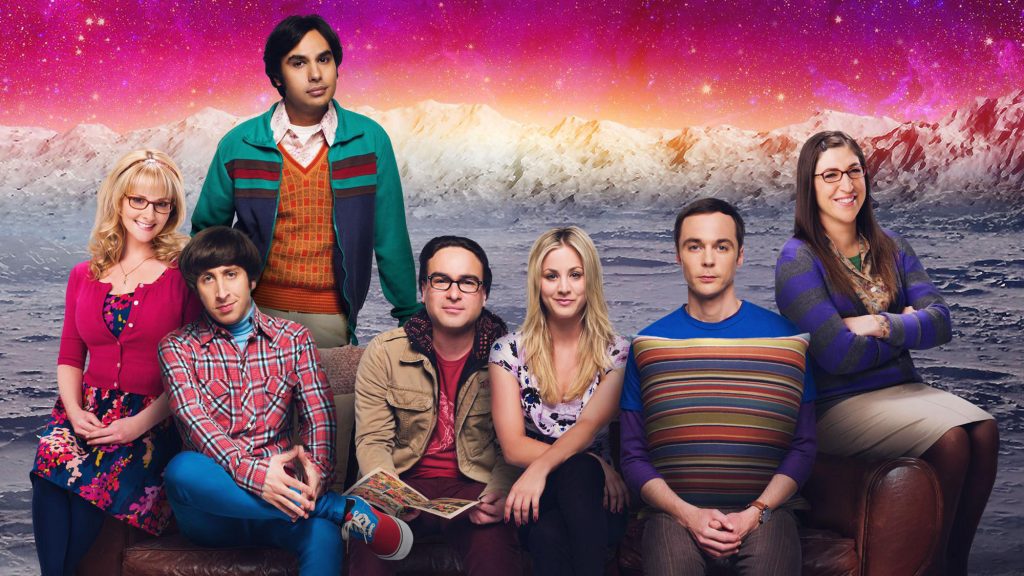
Not that one.
Two astronomers from New Jersey, Arno Penzias and Robert Wilson, were frustrated with their fancy new six-meter-tall radio telescope. The team kept getting static overlaying their images. At first they thought it was a malfunction, then after recalibrating their instruments, they assumed that it must’ve been bird poop obscuring their readings, but as Wilson later recounted, “Arno and I got a ladder and went up there and scrubbed off the inside of the horn,” but the “background noise” was still coming through. Not long after they came to a profound realization – the static was caused by “Cosmic Microwave Background” Radiation (CMB) – the remnants of light particles originating from the earliest moments of the universe! It was the first tangible evidence to support the Big Bang Theory, earning both the Nobel Prize for Physics in 1978! Penzias stated, “Having discovered this, it’s as close to being religious as I could be.”

Scientists later used their data to estimate that the universe was approximately 13.77 Billion years Old, but even today, astrophysicists are still having trouble understanding the nature of things like dark matter, entropy, gravity waves, and how quantum physics factors into things on a cosmic scale.

Although the Big Bang Theory has been widely accepted by the mainstream scientific community for decades now, new evidence recently gathered by NASA’s James Webb Space Telescope in 2022, has now thrown a lot of what we thought we once knew about astrophysics and the nature of the universe up in the air – potentially proving that the universe is far larger, and far older than we ever thought possible! Based on this new data, the Big Bang Theory itself, as we currently understand it, might turn out to be a flawed concept.
Honestly though, that’s what scientific discovery is really all about, challenging our preconceived notions, questioning everything, and trying to make sense out of the mysteries of the universe. Perhaps there was no beginning, or end, maybe the Big Bang is just a cycle. For all we know, every time a new Black Hole is formed, a new Big Bang creates a whole new universe in an alternate plane of reality! Like Socrates and so many other philosophers have espoused, the wisest man knows that he knows nothing…
20. Safety Grooving for Highways – 1972 (NASA)
NASA has made A LOT of amazing discoveries over the decades, many of which revolutionized our lives here on Earth, often by coincidence. One of the most notable however often gets overlooked: Safety Grooving!

During the early planning stages of the Space Shuttle program, in the late 60’s, NASA scientists realized that they had to come up with ways to increase the traction of their runways for the high-velocity landings of their new spacecraft, to help slow it down, and reduce the possibilities of skidding, or hydroplaning in adverse weather conditions.

They came up with a process of cutting lines into the concrete surface, using diamond blades, which allowed for rain water runoff, and creates enough friction to avoid the chances of a last-minute catastrophe. The method worked, but in 1972 the government realized that the same could be applied to highways and runways around the country. Since then, weather-related car accidents have decreased 85%! The same methodology has also been applied effectively to tennis shoes, tire treads, bathroom mats, pool decks, and so much more!
All thanks to the relentlessly stubborn scientists at NASA!

Learning from failure is essential, both in science and in our daily lives, but sometimes accidents can lead to profound discoveries, and solutions to problems you may not have even considered. Sometimes we just need to keep on working at it, or maybe we just need to take a breather and look at things from a different perspective, but if all these accidental discoveries and innovations can teach us anything, it’s that we shouldn’t give up, just because we made a mistake, or something didn’t go the way we planned.
After all, just like the Wright Brothers taught us, sometimes we have to learn to fall, before we can fly!
– Erik Slader
For more random history stuff, be sure to check out the Epik Fails of History podcast, 15 Early *Failed* Attempts at Flight – Before the Wright Brothers, 20 of the Worst Aircraft Designs of All Time?, and you can find my “Epic Fails” history books on Amazon and Audible!

Sources:
https://en.wikipedia.org/wiki/Marie_Curie
https://www.thoughtco.com/history-of-plastics-1992322
https://en.wikipedia.org/wiki/Alexander_Fleming#Discovery_of_penicillin
https://www.scientificamerican.com/article/smart-luck-how-the-big-bang-was-found-by-accident/
https://www.sciencealert.com/these-personal-effects-of-marie-curie-will-be-radioactive-for-another-1-500-years
https://www.saturdayeveningpost.com/2019/09/the-accidental-invention-of-the-lifesaving-pacemaker/
https://www.popularmechanics.com/technology/gadgets/a19567/how-the-microwave-was-invented-by-accident/
https://www.sciencemuseum.org.uk/objects-and-stories/chemistry/age-plastic-parkesine-pollution#:~:text=Belgian%20chemist%20and%20clever%20marketeer,phenol%2C%20under%20heat%20and%20pressure.
https://www.softschools.com/inventions/history/smoke_detectors_history/206/#:~:text=Walter%20Jaeger%2C%20a%20Swiss%20physicist%2C%20created%20the%20first,a%20cigarette%2C%20which%20surprisingly%20set%20off%20the%20alarm%21

